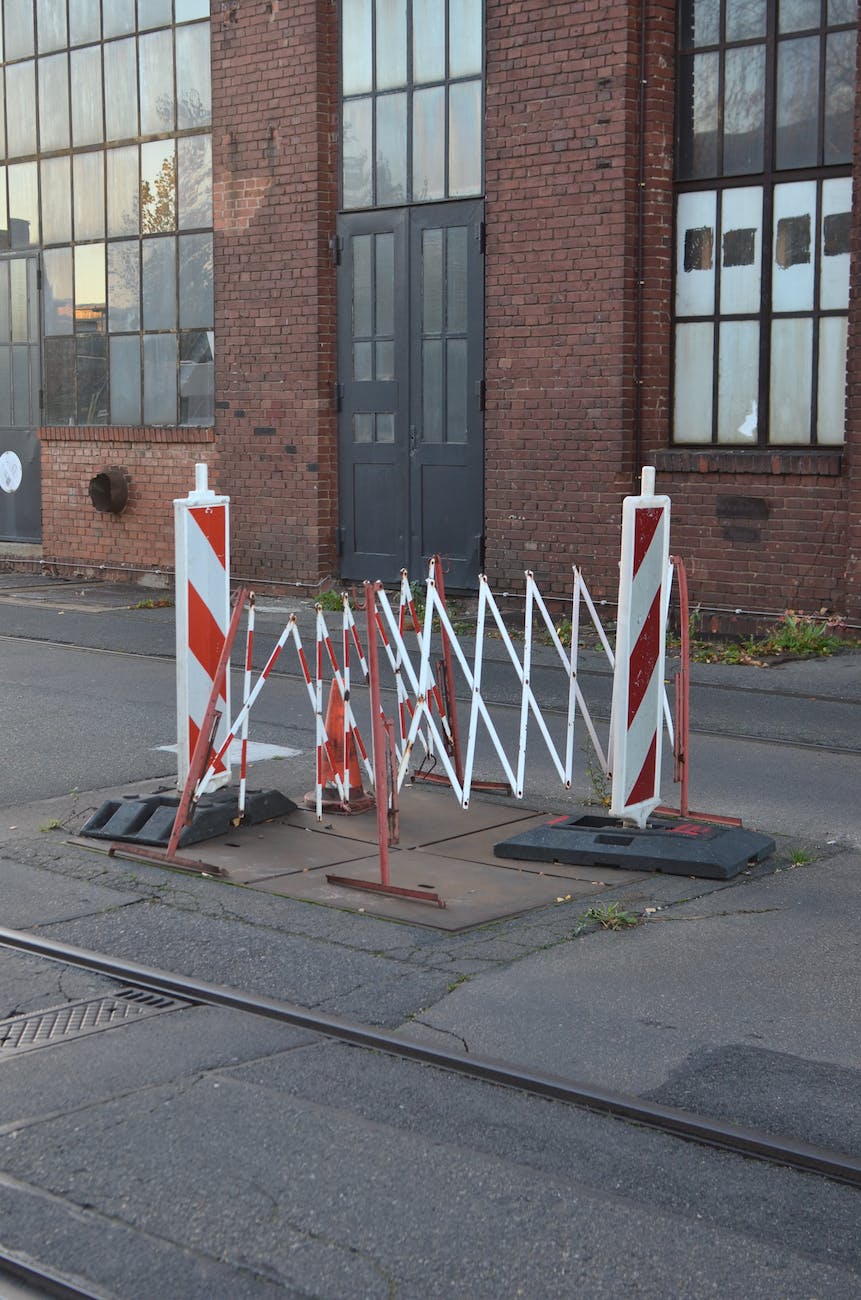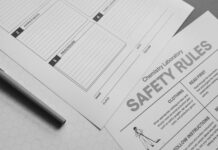
20 General Safety Rules You Should Always Follow
Introduction to General Safety Rules
20 General Safety Rules : Safety is paramount in every aspect of our lives. Whether at home, work, or engaged in leisure activities, adhering to safety rules is crucial. These rules are designed to prevent accidents, minimize risks, and ensure our well-being. Let’s explore 20 general safety rules that should be ingrained in our daily routines.
Importance of General Safety Rules
Understanding the significance of safety rules is fundamental. They serve as a proactive measure, mitigating potential hazards and safeguarding individuals from harm. By following these guidelines, we create a secure environment for ourselves and those around us.
Understanding Risk Assessment
Before delving into specific safety rules, comprehending risk assessment is pivotal. Identifying potential dangers and evaluating their severity aids in formulating effective safety measures.
Essential Safety Rules for Home
Kitchen Safety
The kitchen is a hotbed of potential hazards. From handling sharp objects to managing heat sources, implementing precautions like proper knife handling and stove safety protocols is imperative.
Fire Safety
Equipping homes with smoke detectors, having fire extinguishers, and practicing fire escape plans are crucial elements in fire safety.
Electrical Safety
Ensuring electrical appliances are in top condition, avoiding overloading sockets, and utilizing proper wiring practices minimizes the risk of electrical accidents.
Safety Rules in the Workplace
Office Safety
Maintaining a clutter-free workspace, ergonomic setups, and awareness of emergency exits are key components of office safety.
Construction Site Safety
Adhering to safety protocols, utilizing appropriate protective gear, and undergoing regular safety training are vital in construction sites.
Safety Rules for Outdoor Activities
Sports and Recreational Safety
Wearing proper gear and following guidelines specific to each activity reduces the likelihood of injuries.
Travel Safety
Understanding local laws, staying alert, and securing belongings are essential for safe travel experiences.
Importance of Personal Protective Equipment (PPE)
In various settings, wearing appropriate PPE, such as helmets, gloves, or masks, significantly reduces the risk of injury or exposure to hazards.
Safety Rules in Emergency Situations
First Aid Essentials
Having basic first aid knowledge and access to emergency kits can be life-saving in critical situations.
Evacuation Procedures
Understanding evacuation routes and practicing drills ensures swift and safe evacuation during emergencies.
Here are 20 general safety rules that cover a range of situations:- Wear Personal Protective Equipment (PPE): Use appropriate gear like helmets, gloves, goggles, etc., based on the task.
- Follow Instructions: Adhere to guidelines and instructions provided by supervisors or manuals.
- Stay Alert and Focused: Avoid distractions and stay attentive to your surroundings.
- Keep Emergency Exits Clear: Ensure that emergency exits are always unobstructed.
- Use Tools Properly: Handle tools and equipment carefully, following safety protocols and proper procedures.
- Report Hazards: Notify supervisors or authorities about any potential dangers or hazards.
- Practice Good Housekeeping: Keep work areas clean and organized to prevent accidents.
- Take Breaks: Avoid exhaustion or burnout by taking regular breaks during work.
- Use Proper Lifting Techniques: Lift heavy objects using your legs, not your back, to prevent injuries.
- Observe Chemical Safety: Handle chemicals cautiously, following proper storage and usage guidelines.
- Fire Safety: Understand fire evacuation plans and know how to use fire extinguishers.
- Respect Machinery: Follow safety protocols when working with machinery and equipment.
- Stay Hydrated: Drink water regularly, especially in hot or physically demanding environments.
- Know First Aid Procedures: Learn basic first aid and CPR to assist in emergencies.
- Electrical Safety: Follow proper procedures when dealing with electrical equipment and outlets.
- Stay Sober and Focused: Avoid working under the influence of drugs or alcohol.
- Traffic Safety: Follow traffic rules and guidelines when driving or walking on roads.
- Mind Your Posture: Maintain proper posture to prevent strain or injury, especially during long periods of work.
- Know Your Limits: Don’t push yourself beyond your capabilities; ask for help when needed.
- Stay Informed: Stay updated on safety protocols and procedures specific to your workplace or environment.
Remember, these rules may vary depending on the context and environment, so always ensure you're following the specific safety guidelines relevant to your situation.Conclusion
Prioritizing safety through these 20 rules cultivates a culture of precaution and preparedness. By integrating them into our daily lives, we create a safer environment for ourselves and our communities.
What is Risk Assessment in Safety?
What are the 12 Elements of SMS?
Unique FAQs
- How often should fire alarms be tested at home?
- Fire alarms should be tested monthly and batteries changed at least once a year.
- Are safety rules in the workplace mandatory?
- Yes, workplace safety rules are legally mandated to ensure the well-being of employees.
- Why is it crucial to wear PPE?
- PPE acts as a protective barrier, reducing the risk of injury or exposure to hazardous elements.
- How can one stay safe while traveling abroad?
- Researching local laws, staying vigilant, and keeping belongings secure are vital for safe travel.
- What should a basic first aid kit contain?
- A basic first aid kit should include bandages, antiseptic wipes, adhesive tape, and pain relievers.

























Thanks